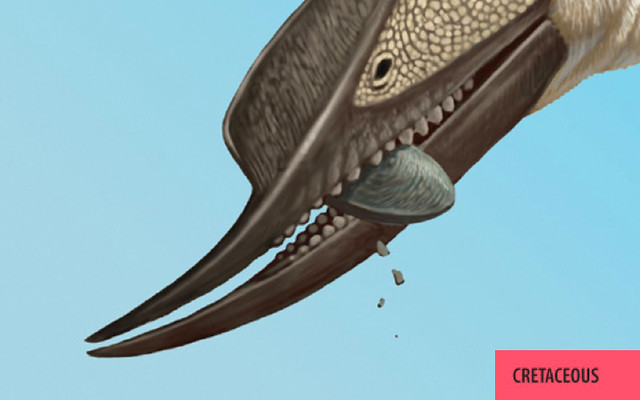“Clam” is an informal term used to refer to bivalve molluscs. They first appeared in Cambrian age rocks 510 million years ago. [1] They presently live in both freshwater and marine habitats, and range in adult size from nearly microscopic to the giant clam, which can weigh 200 kilograms (440 lbs). Some have life cycles of only one year, while at least one has been discovered that may be over 500 years old.[2] They lack heads but most can react to changes in light and some, such as the scallops, have rudimentary eyes. Though a common food item, many are too small to be useful as food, and not all species are consideredpalatable. All clams have two calcareous shells or valves joined near a hinge structure with a flexible ligament, and all are filter feeders.
(From Wikipedia, February 2015)




